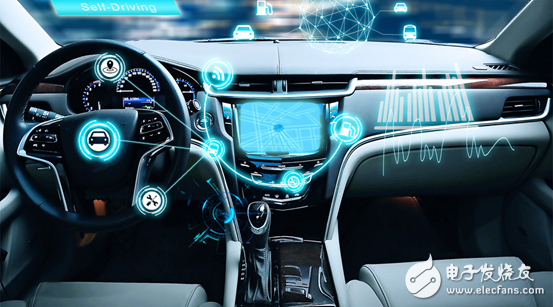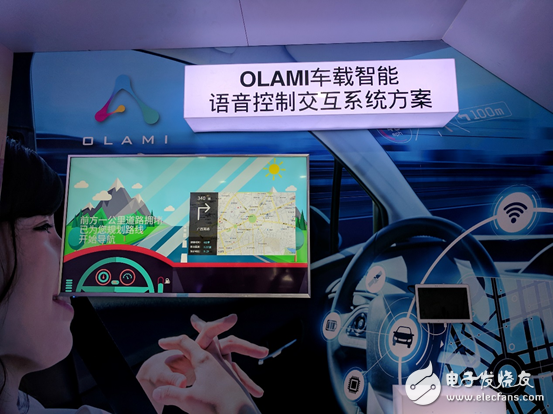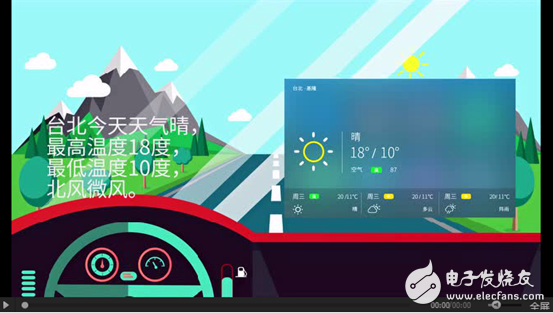In the age of artificial intelligence, a wave of new terms has emerged—“smartphones,†“smart TVs,†and “smart homes.†From initial confusion to widespread adoption, these smart devices have quickly gained popularity due to their innovative and convenient features. Over time, products labeled as “smart†have become an essential part of daily life, touching every aspect from food and clothing to living and traveling. Today, we’ll explore how smart technology is reshaping our lives in the “row†section.

Currently, smart cars are primarily focused on enhancing the in-vehicle system, with the ultimate goal of achieving fully autonomous driving. The U.S. National Highway Traffic Safety Administration (NHTSA) categorizes the development of smart cars into two main phases: “assisted driving†and “unmanned.†The assisted phase includes stages like basic intelligent connectivity, driver assistance, partial automation, and high-level automation. According to NHTSA, by 2030, we may reach the fully unmanned driving stage, where vehicles can operate without any human intervention under all conditions.
From a global perspective, smart cars entered the early stage of intelligent connectivity around 2010. After nearly a decade of rapid progress, current technology has advanced significantly, allowing for a high level of automation. However, this still falls under the category of “assisted driving,†meaning that a human driver must remain in control while the car is on the road.
So, how do smart cars move toward assisted driving and even full autonomy?
We can look at it from two angles. First, by integrating intelligent vehicle terminals—also known as satellite positioning systems—vehicles can monitor road conditions, plan routes, and ensure safer driving. Second, intelligent vehicle connectivity systems allow smart cars to interact with other smart devices, creating a more seamless and user-friendly experience.
Strictly speaking, the intelligent vehicle terminal is part of the in-vehicle connectivity system, but its main role is to enhance driving safety and efficiency. Imagine a future where your car is connected to the entire transportation network. Every road, sign, and vehicle around you is monitored in real-time, enabling smarter route planning and efficient fleet management.
In terms of smart connected systems, the car can be controlled remotely, much like a sci-fi “smart butler.†But instead of a futuristic character, it’s more like a “smart car housekeeper.â€
There are three common ways people interact with their cars: buttons, touchscreens, and voice commands. While the first two require manual input, which can be distracting, voice control offers a safer and more convenient alternative.

For example, the OLAMI in-vehicle intelligent voice control system showcased by the Euler Honey team at the Industrial Fair uses advanced AI technology from the Euler Honey platform. This system provides efficient and accurate vehicle services, such as POI lookup, fast navigation, and music switching, allowing drivers to enjoy a hands-free and safe driving experience.
Additionally, monitoring fuel levels and planning refueling routes is another key function of smart connectivity systems. The integration of smart vehicles with smart refueling is becoming a major trend in the future of intelligent transportation.
When your car automatically decides when and where to refuel, a voice-controlled smart tanker could provide a more comfortable and convenient service. On March 27, VIA will participate in the Beijing Petroleum and Petrochemical Technology and Equipment Exhibition, where a range of cutting-edge technologies and smart devices will be displayed. The concept of smart refueling is set to gain more recognition alongside smart cars.

However, despite the advancements, the penetration rate of smart connectivity systems is still relatively low. Most smart internet systems are only available on specific models, and even if they offer a free trial period of 1–3 years, users often face costly subscription fees afterward. Solutions like the independent interactive system provided by the Euler Honey team can help more automakers adopt smart car technology, accelerating the development and adoption of smart car features.
In the future, the way humans interact with cars will become even more diverse. With technologies like visual detection and sound recognition, smart vehicle systems will become more human-like and intuitive. As fully autonomous driving technology continues to evolve, cars will drive themselves, and you’ll simply talk to your “car housekeeper†about the news or check the weather. This kind of interaction will eventually become as natural and commonplace as using a smartphone today.
Zinc wire is a good anti-corrosion material,widely used in steel structure anti-corrosion,wind power tower,bridge,sluice gate,oil pipe on sea,Ductile iron pipe,extrusion division tube.
|
|
Zinc Wire,High Pure Zinc Wire,Zinc Wire Mesh,Corrosion Protection Zinc Wire
Shaoxing Tianlong Tin Materials Co.,Ltd. , https://www.tianlongspray.com